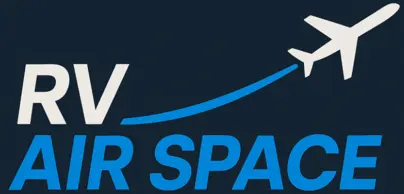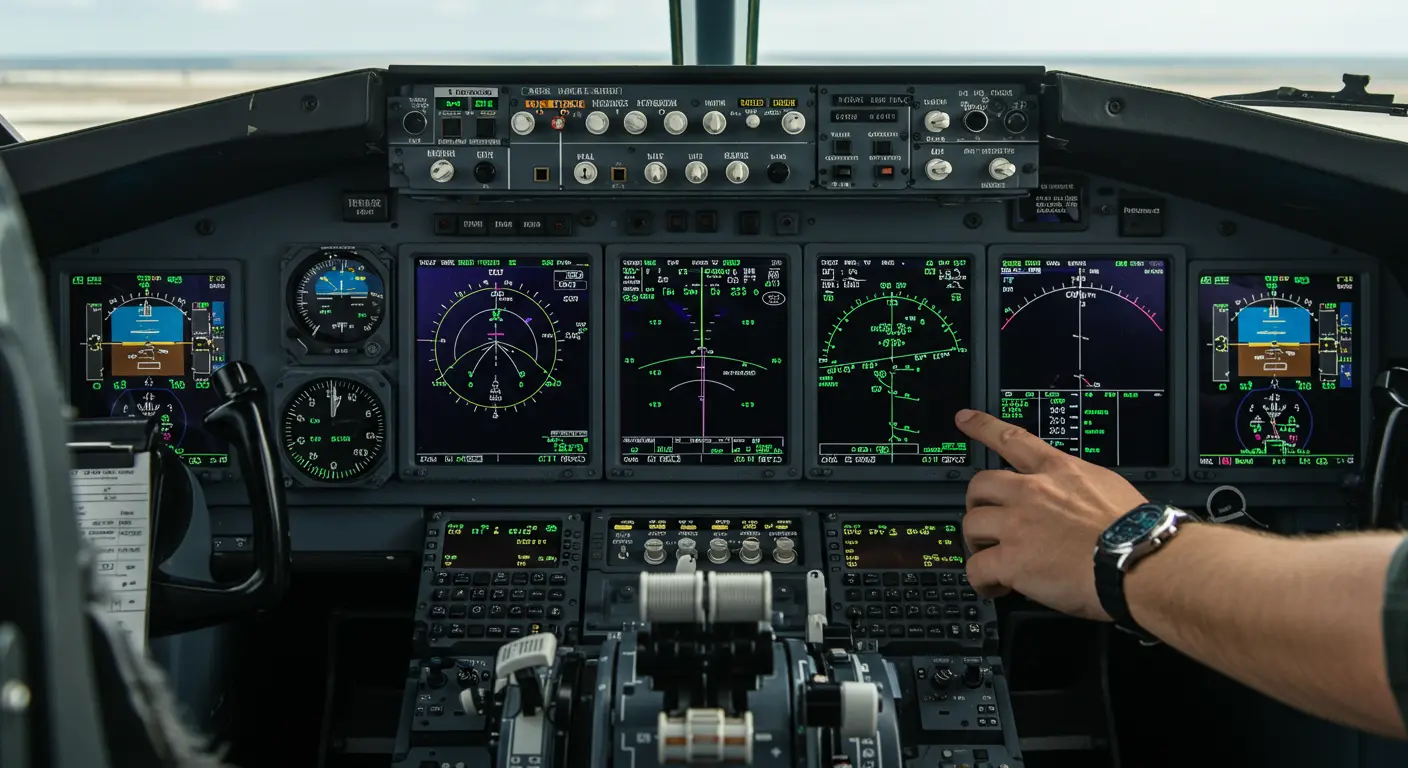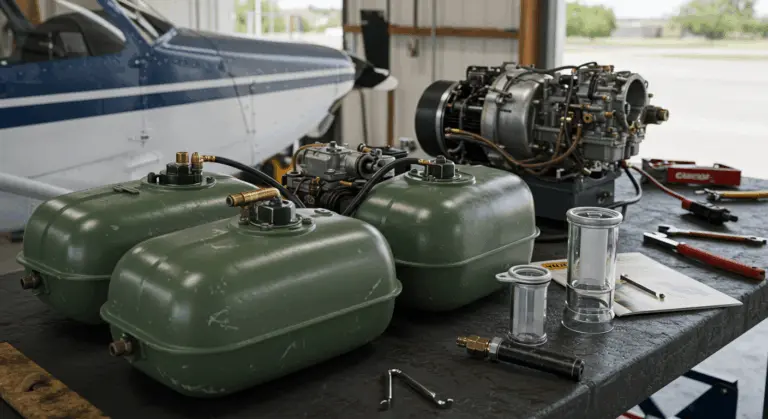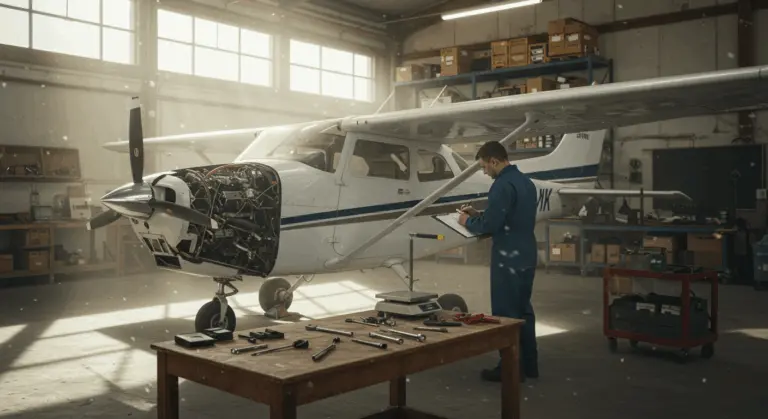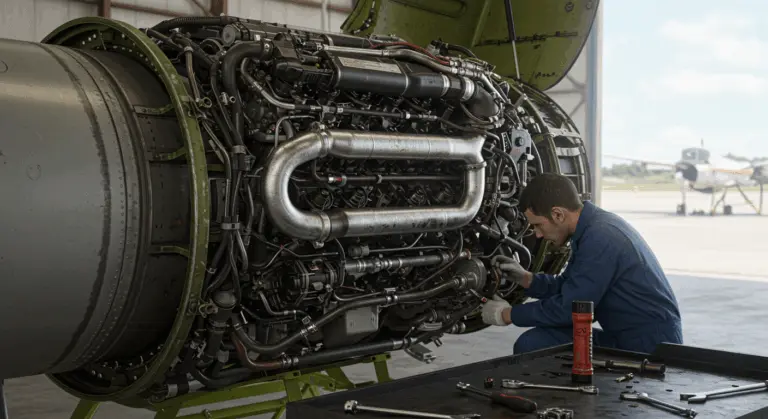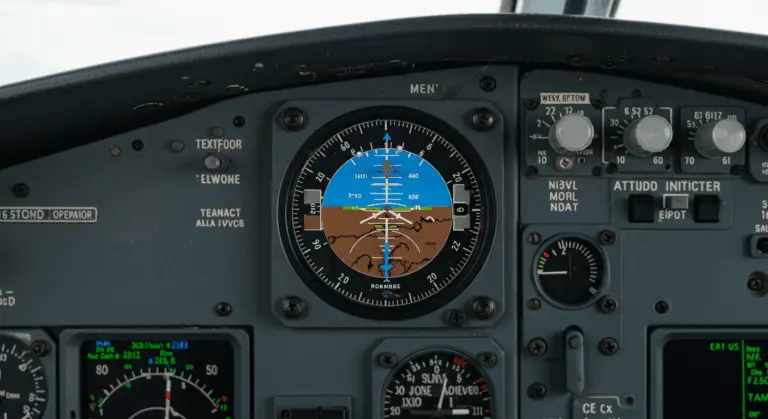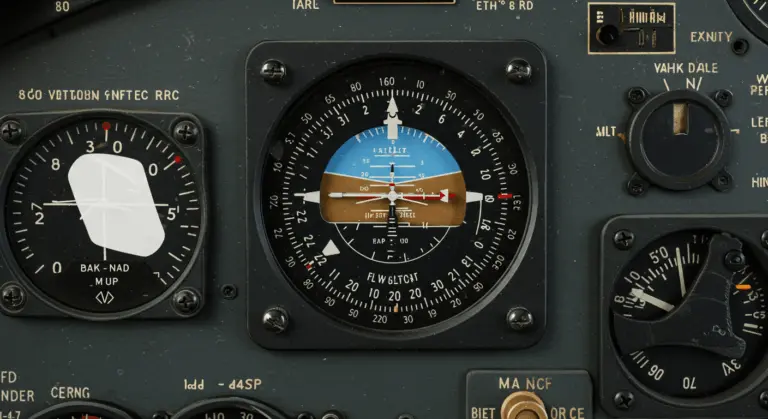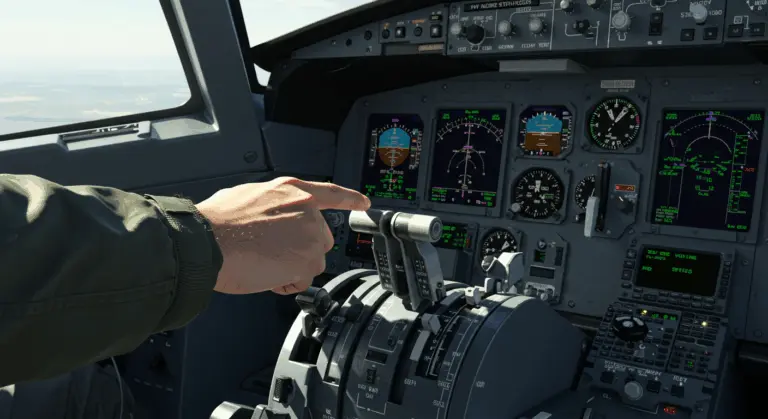Understanding AHARS – What It Stands For and Its Functionality
What is CHARS – Definition and Overview
CHARS (Airborne Heading-Attitude Reference System) represents a critical electronic foundation of modern aviation technology. While it delivers critical attitude data to systems like weather radar and autopilot, it deliberately avoids position computation—focusing instead on precise orientation measurement.
An CHARS, also recognized as AIRS (Attitude and Heading Reference System), uses three-axis sensors to provide complete roll, pitch, and yaw data. These sensors—sometimes termed MARY (Magnetic, Angular Rate, and Gravity) sensors—integrate gyroscopes, accelerometers, and magnetometers into an integrated orientation measurement system.
Modern CHARS represent a significant advancement beyond their mechanical gyroscope predecessors. Solid-state electronics provide exceptional reliability. This technological evolution enables smooth integration with contemporary aircraft systems, particularly glass cockpit displays.
CHARS has a primary function: providing precise orientation data relative to both horizon and magnetic north. This precision becomes essential for safe flight operations, particularly when visibility deteriorates and pilots lose crucial visual reference points.
How CHARS Works – Key Components and Functionality
The system’s operational heart beats through three distinct sensor categories:
CHARS uses advanced sensor fusion technology, deploying sophisticated algorithms like Extended Kalman filters to synthesize multi-sensor data streams. This intricate process cross-validates inputs, compensating for individual sensor weaknesses and environmental interference. This produces a highly accurate, integrated view of aircraft attitude and heading.
The CHARS processor works with consistent precision, analyzing sensor data dozens of times per second. Real-time orientation intelligence flows seamlessly to pilots and automated systems alike. Such responsiveness enables precise aircraft control and rapid decision-making when seconds matter most.
Components of CHARS – Sensors and Systems
The 3-axis gyroscope forms the system’s core component, meticulously measuring rotation rates around three critical axes: X-axis (roll), Y-axis (pitch), and Z-axis (yaw). Modern systems have replaced traditional mechanical gyroscopes with their spinning masses and inherent vulnerabilities.
Complementing the gyroscopes, a 3-axis accelerometer array captures linear acceleration forces acting upon the aircraft. These precision instruments detect the subtlest velocity changes along each axis. This ensures that even when external visual references vanish, pilots retain essential attitude data.
The magnetometer system rounds out this sensor combination, functioning as an electronic compass by measuring Earth’s magnetic field with remarkable precision. This capability enables CHARS to establish and maintain consistent heading information relative to magnetic north—ensuring proper directional orientation throughout the entire flight envelope.
Ring laser gyroscopes offer the highest level of precision in select high-performance CHARS units. These sophisticated instruments use laser beam interference patterns—beams traveling in opposite directions—to detect rotation with extraordinary precision, improving system accuracy even in the most demanding flight conditions.
The seamless integration of these sensor arrays with solid-state electronics and advanced processing algorithms produces an integrated system that significantly outperforms traditional attitude reference systems. By eliminating dependence on mechanical spinning gyroscopes, modern CHARS achieves superior reliability.
Benefits of Using CHARS in Aviation
CHARS deployment in modern aircraft has significantly improved aviation safety and operational capabilities. These systems offer multiple important benefits.
-
Enhanced Safety: Provides highly accurate, real-time attitude and heading data, which is critical during hazardous flight phases like landing and reduces the risk of spatial disorientation.
-
All-Weather Operations: Enables safe flight in adverse weather and low visibility, allowing for reliable instrument approaches and reducing diversions.
-
Improved Air Traffic Management: Facilitates clearer communication with air traffic control by sharing precise aircraft data, streamlining guidance in instrument conditions.
-
Operational Efficiency: Reduces pilot workload, improves fuel efficiency through precise navigation, and lowers maintenance costs due to its reliable solid-state design.
Calibration and Maintenance of CHARS
Proper calibration and regular maintenance are necessary to keep CHARS remains accurate and reliable throughout its operational life.
Calibration typically requires positioning the aircraft on a magnetically clean compass rose with avionics energized to replicate operational conditions. This meticulous process aligns gyroscopes, accelerometers, and magnetometers, creating stable baseline readings that ensure system accuracy.
The calibration procedure demands rotating the aircraft through multiple axes, collecting complete data across pitch, roll, and yaw parameters. Technicians must adhere strictly to manufacturer protocols—often requiring specific orientations to be held for precise durations.
Regular maintenance is essential because sensor accuracy inevitably degrades due to environmental stressors—temperature extremes, vibration, electromagnetic interference—and normal equipment wear. Without proper maintenance, these factors can cause serious errors.
Maintenance schedules typically synchronize with regular aircraft inspections, though aircraft operating in harsh environments may require more frequent calibration cycles. Many contemporary units incorporate built-in test equipment (BITE) that continuously monitors system health, proactively alerting crews to emerging issues before they become critical.
Comprehensive documentation of all calibration and maintenance activities is important. These records provide useful historical data, revealing performance trends such as sensor drift patterns. This intelligence enables operators to address issues proactively, maintaining the highest standards of flight safety.
Applications of CHARS Beyond Aviation
Though originally conceived for aviation, CHARS technology’s exceptional precision and reliability have led to broad adoption across diverse industries requiring accurate orientation and motion sensing capabilities.
-
Autonomous Vehicles: Provides crucial orientation data for navigation when GPS is unavailable (e.g., in tunnels) and helps detect hazardous road conditions by analyzing vehicle dynamics.
-
Robotics: Enables precise movement and positioning for robots in manufacturing and warehouse automation, improving quality and efficiency.
-
Military and Defense: Offers a reliable navigation alternative in GPS-denied environments and is integral to missile guidance systems for precision targeting.
-
Other Industries: Used in virtual reality (VR) for head tracking, maritime navigation for reliable heading data, and medicine for tracking surgical instruments.
